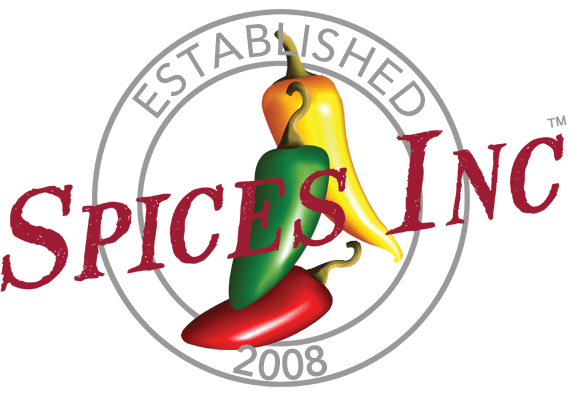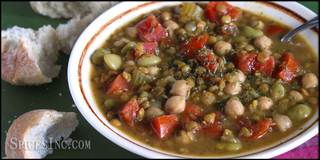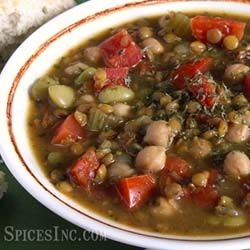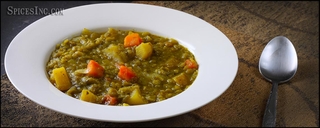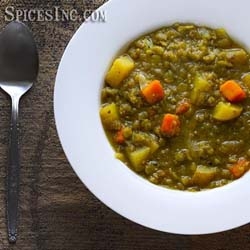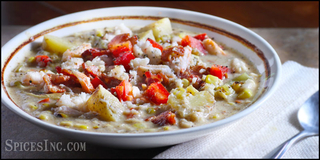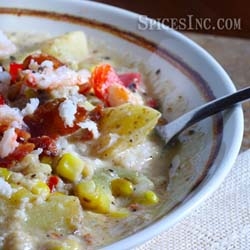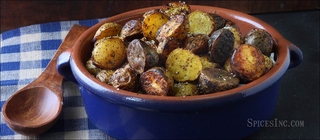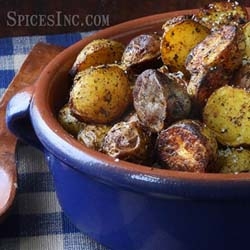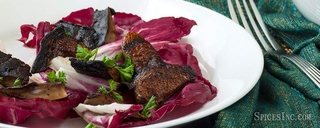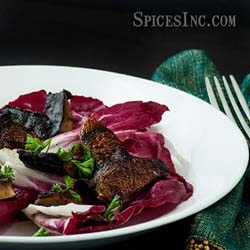Black Pepper Coarse Grind
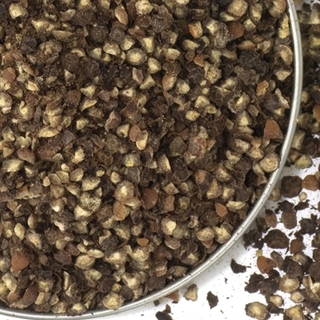
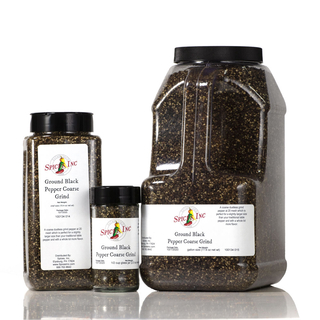


Black Pepper Coarse Grind
Black Pepper Coarse Grind, Piper nigrum, is also called coarse black pepper, coarse ground pepper, coarse pepper, or black pepper coarse. The large, coarse grind is a +20 mesh, so it provides terrific texture and flavor to a dish and is our most popular pepper. You can visit our pepper page to see the full range of pepper products available.
Our Black Pepper Coarse Grind has a volatile oil content that ranges between 1% and 2.5% by weight, which fuels the spicy kick and complex flavors in this black pepper.
Black Pepper Coarse Grind is popular with barbecue restaurants, brewpubs, cafes, seasoning companies, manufacturers of sauces, jerkies, cheeses/vegan cheeses, salts, and salsas, as well as spice and olive oil shops.
Flavor Profile
Its assertive flavor is muscular and warm, with notes of pine and citrus and a pleasant heat.
How to Use
Use Black Pepper Coarse Grind anywhere you want the great, piney warmth of black pepper with a bit of crunch. Spice up the dressing for a Grilled Portobello and Radicchio Salad or add texture and a touch of heat to our smooth Red Miso Shrimp Bisque. Make Herb Roasted Potatoes with Black Pepper Coarse Grind and enjoy its bold pungency against the steamy mildness of the potatoes, or make cheesy Cacio e Pepe pop with the addition of this bold, textural pepper.
| Also Called | Coarse black pepper, coarse ground pepper, coarse pepper, black pepper coarse |
| Species | Piper nigrum |
| Ingredients | Coarsely ground black pepper |
| Flavor Profile | Piney and bold with a bit of heat and citrus and floral top notes |
| Oil content | 1-2.5% |
| Recommended Uses | Use to add depth and a touch of heat to everything from eggs to beef |
| Cuisine | Global |
| How To Store | Airtight container in a cool, dark place |
| Shelf Life | 6-12 months |
| Country of Origin | India, Indonesia, or Vietnam |
Nutrition Facts
Serving Size1 tsp
Amount Per Serving
Calories6
% Daily Value*
Total Fat0g0%
Saturated Fat0g0%
Trans Fat0g
Polyunsaturated Fat0g
Monounsaturated Fat0g
Cholesterol0mg0%
Sodium0.5mg0%
Total Carbohydrate1.5g1%
Dietary Fiber0.6g2%
Total Sugars0.0g
Added Sugars0g0%
Sugar Alcohol0.0g
Protein0.2g0%
Vitamin D0mcg0%
Calcium10mg1%
Iron0mg1%
Potassium31mg1%
*The % Daily Value (DV) tells you how much a nutrient in a serving of food contributes to a daily diet. 2,000 calories a day is used for general nutrition advice. These values were calculated and therefore are approximate. For more accuracy, testing is advised.
